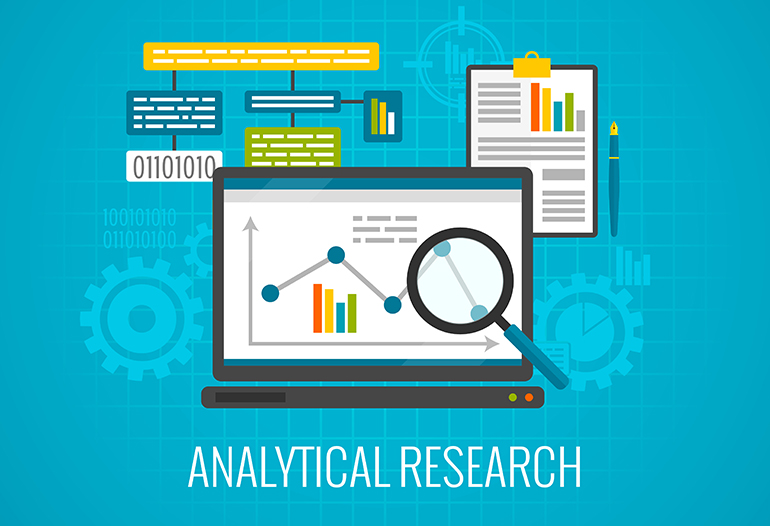How Big Data helps small businesses to grow

We deal with data on a regular basis, whether we are aware of it or not. Our actions are often dictated by data surrounding us and even how we behave. This information which you gather is very valuable as this will help us understand and provide helpful insights for retargeting customers and bring in more once we decrypt it.
If you have gone through my previous blogs: Starting an Online Business, Marketing your Business and Boosting E-commerce sales through Paid Advertising
and have implemented the steps I had written about then you might have already started seeing a surge of customers and visitors to your online store and also have begun receiving daily or weekly reports regarding the same through in-built tools. Now the next step is gathering the customer data and analyzing it for producing better marketing campaigns and strategic ads.
To understand this through a simple example, Take the case of Instagram a very popular social media platform. It utilizes data such as demographics, geographic location, sex, interests, etc to categorize people into various groups and place ads on a person’s feed which is related to them in some way. This increases the likelihood of the person clicking the ad and taking action. Which is beneficial to the business who promoted it?
Gathering Data

Through in-built tools for Data Collection such as that present in Krenai, you receive daily reports which you can access through a dashboard of customer details and behavior and how a certain product is performing and the amount of money earned from its sales. All the data you receive is just simple information without much meaning in itself and hence is just raw.
It is your job to analyze and interpret it through the help of online tools to find a pattern and make context out of it and to take business and marketing decisions based on it. The data collected through the reports should be collected up in an organized fashion in an Excel or Google sheets and re-checking of data values and categories should be done to avoid any discrepancies.
The gathered data can be of various categories like :
- Transactional Data – It includes How much a customer purchased, What they purchased, When they purchased, How they purchased it, etc.
- In-Store Monitoring – It includes information like on what product or product sub-type customers spend the most time browsing through.
- Customer base Details – This includes information of the customer base like the demographics, sex, age, etc.
Interpreting the Data
Having talked about what is data and how to gather and collect it; naturally the next step in the process is to Interpreting and analyzing it for better understanding and implementing decisions based on it.
Interpreting the collected data can be done manually by oneself or through data processing tools found online and the main objective here is to visualize the data you receive.
Using the Analyzed Data

Having understood how to gather data and analyze it, our next step is to use the data we have sieved.
It should be done in such a way that can help to boost the sales, retain customer and also bring in more, how to provide a better after-sales experience, etc.
Though there are many ways one can put into use the data they have analyzed, I will be mentioning the few noteworthy ones which will create a big and positive impact on your business.
The answer to how to do is that through proper customer service.
Concluding Summary
Now that you understand everything related to Data and its importance and usage in uplifting your business to the next level. I would like to conclude this by providing a short summary of all the information we have learned thus far. The data we receive about our customers, products, interests, etc are a key point for boosting sales and improving customer retention and conversion. In order for it to work, you need to -
Leave your thought here
Your email address will not be published. Required fields are marked *


Comments (0)
Edna Watson